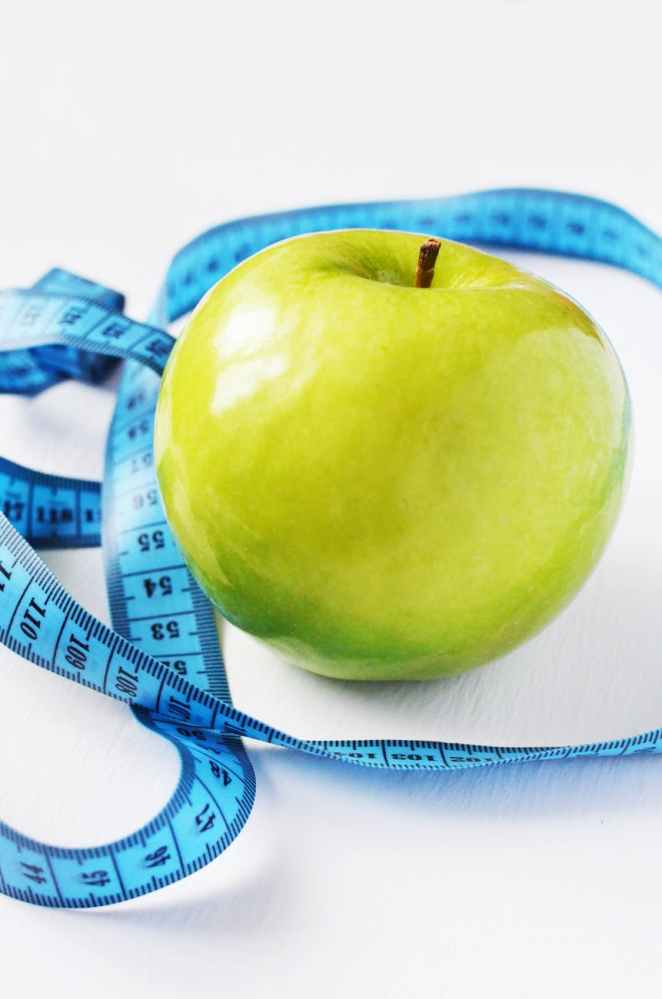Of all the factors to consider for health and fitness purposes, the most important by a long a short is nutrition. You are what you eat, says the Chinese proverbs and this is every bit true. Emphasis on nutrition in the sphere of fitness has been so broadly discussed and expanded on by many a professional that ideas and concepts have been put forward to help explain the impact of nutrition and the beneficial ways to hack the process for health. The most popular reprieve for most people who wish to lose weight is to eat less or “diet” as the word has most popularly come to mean but dieting means more than eating less. At its core, it means literally controlling, restricting, or more consciously deciding to eat a certain type of way to achieve a health goal. This means that someone who wishes to add muscle can diet to grow mass just as one could diet to lose weight.
That said, the following are different expressions of dieting that fit different goals, personality, and degree of discipline. Not everybody has the will to be vegan, eat kosher, abstain from consuming all fun foods, or even eat balanced every time.
MACRO COUNTING

Photo by Pixabay on Pexels.com
This term is short for counting your macronutrients which include: carbohydrates, proteins, and fats and oils. These are essential nutrients the body needs to function and must be had to maintain overall health. Going by this disclosure, you must realize it is a myth that you must avoid all carbs or fats to lose weight. That approach simply leads to depriving the body of essential nutrients which causes an imbalance in our total energy expenditure matrix, thus leading to being hangry, touchy, feelings of weakness, low energy levels for normal daily activities etc. The principle behind macro-counting is simply eating the required amount of calories from food to stay within a deficit (that is, lose weight) or a conscious surplus state (that is, add weight that can become muscle through weight training, not just fat). There’s a simple science to knowing how many calorie you should consume for your body size taking your weight and height into note. Simply multiply your body weight in pounds by a range of 10 – 13 for a deficit and alternating the range from 14 – 17 for a surplus. Your activity level impacts which range you start from: 10, 11, 12 or 14, 15, 16 etc. Whatever the case go smooth and slow to keep the benefits sustainable and the habit maintainable. This is markedly better than going fast to see quick results and completely parching your system, thus making a relapse to indulgence more likely.
IIFYM (If It Fits Your Macros)

Photo by Breakingpic on Pexels.com
If It Fits Your Macros is a roll-off from macrocounting. It is another approach to “dieting” that prioritizes only making sure to eat your macro requirement for each day, without any particular care as to the quality of food that makes up the macros. This means everything from fun foods like fries, soda, burger etc, carbs (simple or complex), and Fats (saturated or unsaturated) makes up your meal, no accountability aside from simply making sure it fits your macro requirements. This may help put one in a deficit or surplus as required, but with some downsides. For all its good, its major criticism is that it ignores energy balance and allows for the consumption of more unhealthy foods, which negates the foundation of health, that dieting should promote.
KETO- DIETS


A popular option in the weight management world, this approach is an emphasis on no or low-carbs, moderate proteins, and high fats. The low carbs content forces the body to seek fuel elsewhere from glucose to ketone bodies which are made from the breakdown of fatty acids. So the principle is simple; of all the macronutrients, carbohydrates are the favored option for energy in the form of glucose. But by putting the body in a biochemical state of ketosis, it is forced to use stored up fat instead as the fuel replacement for glucose thus reducing weight. Used moderately and in short periods (extended periods can produce ketoacidosis; acidity in the blood, which can prove fatal). Ketogenic diets may give a quick short time fix to individuals seeking to lose weight. A ketogenic diet is often a jumpstart process to weight management after which other sustainable options are sought to continue the progress that has been made.
PALEO DIETS

Photo by Gratisography on Pexels.com
This translates into Paleolithic or Caveman diet, meaning, only the bulk of things that the early man was presumed to have eaten, that is, what could either be gathered or hunted and eaten as such This puts out all foods the industrial revolution made possible, so bye bye to cereals, pasta etc; and it also excludes foods from the Neolithic revolution when man purportedly focused more on settled living and agriculture. The emphasis is on foods with a high anti-oxidant profile which helps fight diseases, healthy fats like avocado oil, coconut oil, nuts, fruits with a low sugar profile, meats, roots etc. It excludes legumes, grains, sugars, all processed foods and dairy products. There are different interpretations of what paleo diet means for adherents of this approach but the underlying motivation is always about eating more natural foods as opposed to processed ones.
INTERMITTENT FASTING


Perhaps the most self-explanatory idea yet mentioned, it simply means depriving one’s self of food for a predetermined time period as may be preferred. The core idea is rotating through a period of regular fasting and feasting which could be over hours or even a two-day feast, one-day fast cycle. It works on the notion that eating fewer times means eating fewer calories which translates into managing weight.
Whatever the ideas you seek to adopt, make sure it keeps the proper functioning of your body first in mind, maintains your energy levels in a healthy state and is sustainable long-term. Who says you need to use only one approach anyway, make a salad out of it (yay!!!). Health is more than looks and fitness, more than a size.
Let’s work!!!
Well done!
Very insightful!
Thanks! Thanks!